
A researcher checks the status of the plants growing inside a vertical greenhouse in Chengdu, Sichuan province. (AN YUAN/CHINA NEWS SERVICE)
Inside a building on the outskirts of Chengdu, the capital of Sichuan province, 16 robots tend to vegetables growing on a 10-meter-tall, 20-tier rack.
Standing beside the world's tallest unmanned greenhouse rack, the urban farm's chief scientist, Yang Qichang, said 24,000 vegetables had been planted in an area of just 200 square meters.
Cultivation procedures at the plant factory at the Chinese Academy of Agricultural Sciences' Institute of Urban Agriculture are completely automated, including sowing, thinning, harvesting and packaging.
In an open field, a lettuce usually takes about 70 days to grow from seed to harvest, but at the urban farm, the growth period can be halved, resulting in 10 crops a year. Annual output is expected to reach 50 metric tons.
Nutrition has not suffered as a result of rapid growth and high productivity. The crude protein content of alfalfa grown by crop breeding accelerators has reached 30 percent, about 10 percentage points higher than that of normal species.
The alfalfa can be harvested once every 12 days, compared with four harvests a year in an open field, and the annual yield is more than 20 times higher.
"Crops grow fast and well, and the key secret lies in the fill light," institute researcher Wang Sen said, pointing at LED lights above the vegetables. "We sought out an optimal light recipe by adjusting the light source at different growth stages."
Over the past three years, the scientists have created over 1,300 customized light formulas for 72 crops including rice, wheat and corn.
They have managed to harvest high-quality grapes with high yields thanks to root-limiting cultivation and precise control of water and fertilizers that make it possible to grow more fruits and vegetables in a limited urban residential space.
Artificial planting racks are typically limited to five tiers due to safety concerns, but robotic systems in smart factories overcome that limitation.
"In densely populated cities, plant factories can replenish the city's daily vegetable supply and improve self-sufficiency," Wang said.
The vertical greenhouse technology can also be applied in scenarios such as border patrol stations, scientific expeditions and island survival scenarios.
Scientists plan to upgrade the smart factory by integrating aquaculture and edible fungi cultivation in the vertical space, and will also investigate new models of rooftop and balcony agriculture.










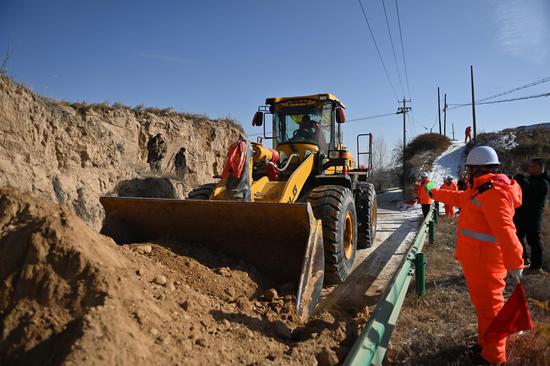
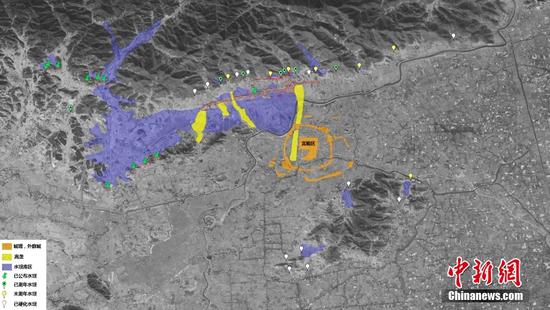
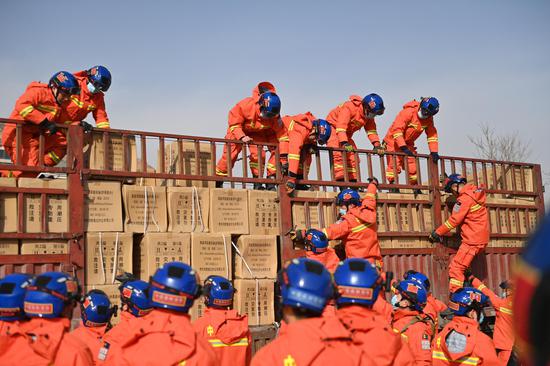

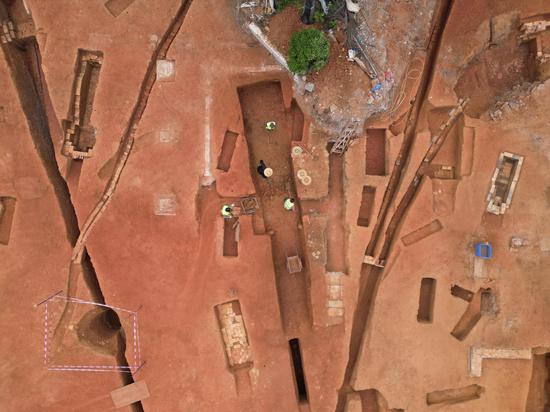


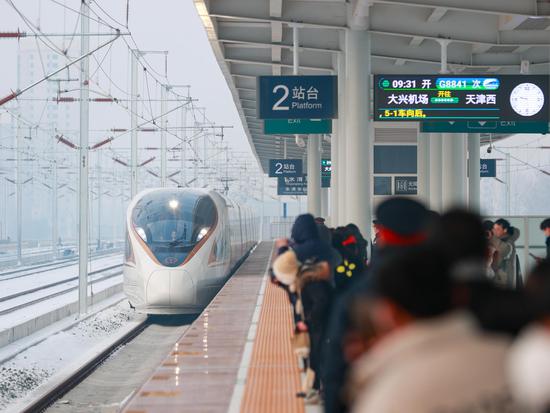

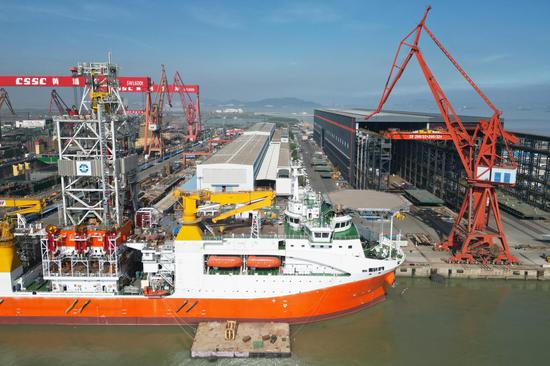


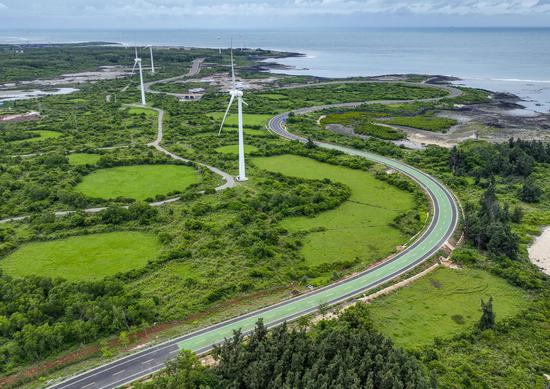
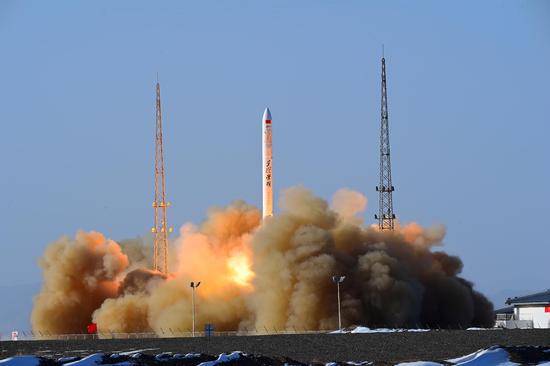


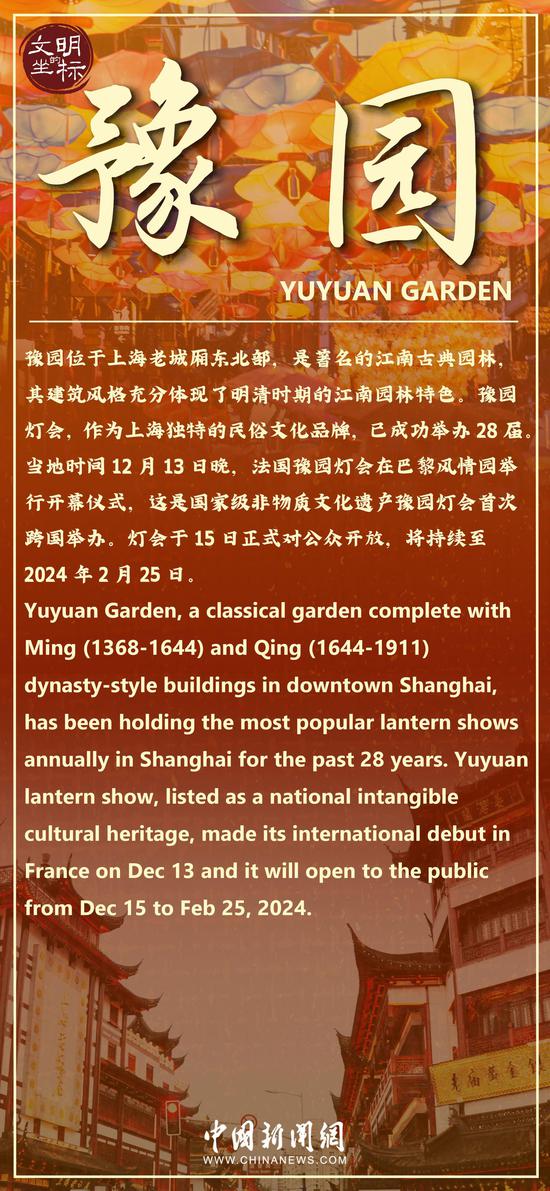
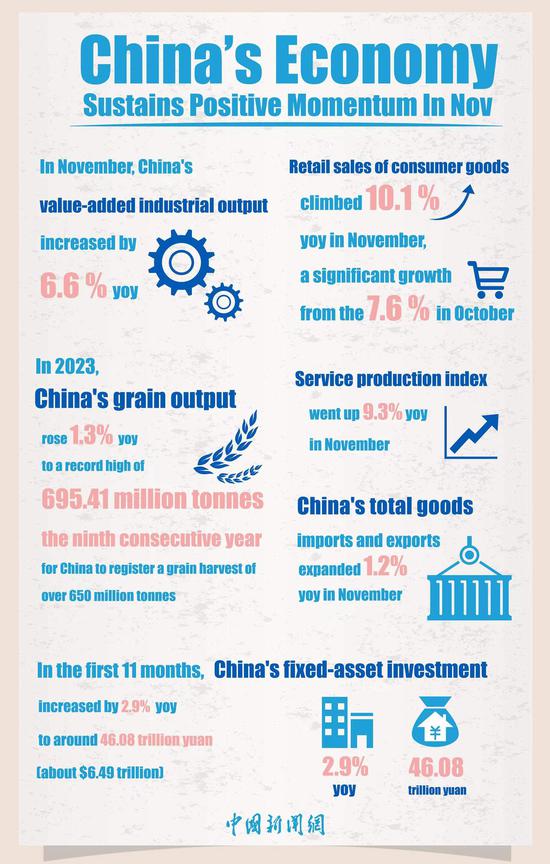






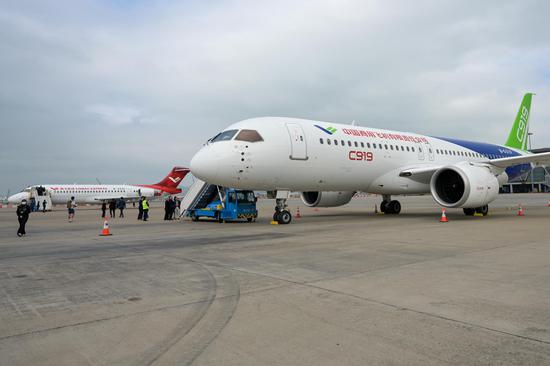


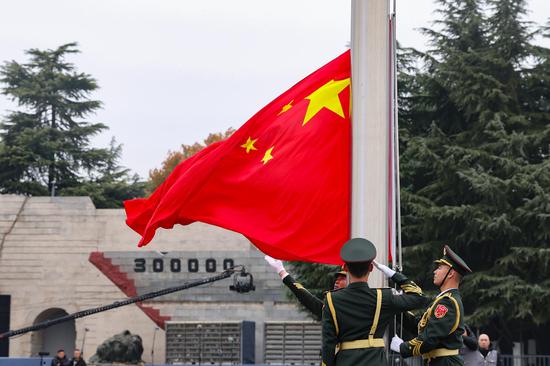



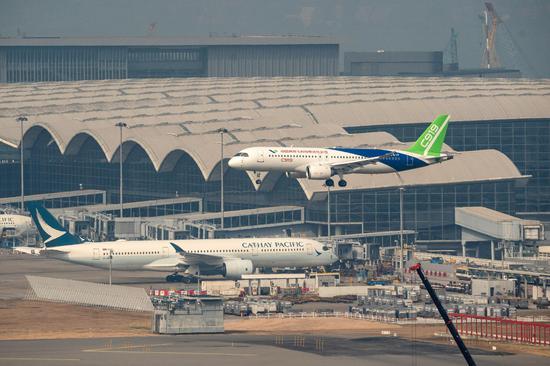

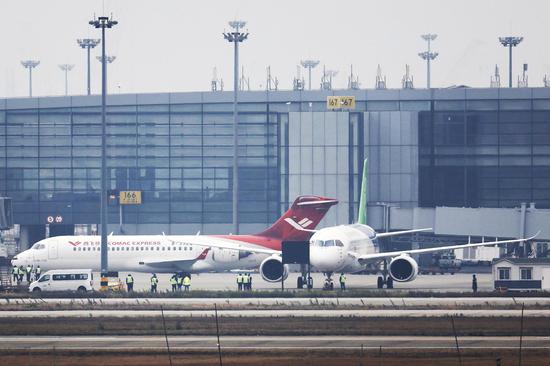
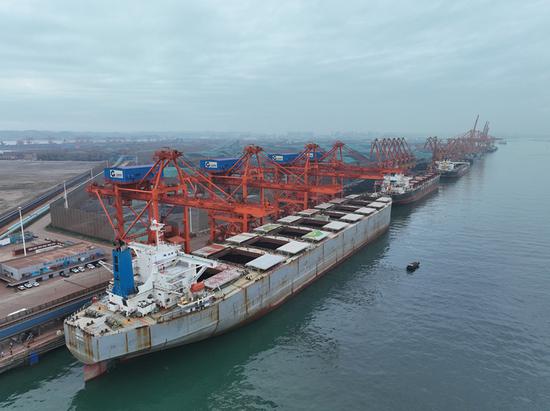





 京公网安备 11010202009201号
京公网安备 11010202009201号